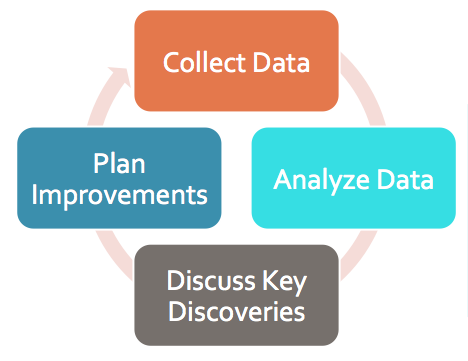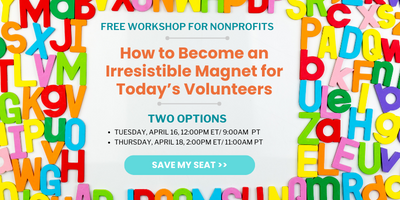 It’s no secret that volunteer services departments suffer from an often stunning lack of adequate resources.
It’s no secret that volunteer services departments suffer from an often stunning lack of adequate resources.
In fact, our Volunteer Management Progress Report survey found that about one-third (31%) of nonprofits have annual budgets of $1-$5,000 set aside for the volunteer program (not including staff salaries and benefits) and six percent (6%) have no budget at all (perhaps most alarming — nearly one in four don’t know what their program budget is at all).
So, the perennial question — how do we get more money? One way to encourage deeper support is to routinely and concretely show how the resources were used effectively today and to make a case for how they can optimize operations tomorrow.
By demonstrating that the initial investment had a return both now (in terms of addressing an identified need) and into the future (in terms of key insights that can improve future project spending), leaders of volunteers can show they are adept and proactive stewards of funds.
This means promoting a culture of continuous learning and improvement.
Double Your Volunteer ROI Through Continuous Improvement
So how can you encourage a culture of continuous improvement?
Continous improvement involves feedback (self-reflection about processes), efficiency (the identification, reduction, and elimination of things that don’t work and the promotion of things that do), and evolution (making consistent, incremental steps forward rather than giant leaps).
Try regularly conducting reviews of any and all of your activities and integrating what you learn into your next iteration. What should you review? Consider reflecting on any number of program activities, such as:
- Ongoing Operations
- Special Events
- Pilot Projects
- Team-based Work
- Research Projects (volunteer surveys, etc.)
By simply taking the time to ask — How did it go? What could have we done better? What will we do next time? you begin to build a body of knowledge that is more deeply aware and better equipped to make the best use of the next injection of funds.
What also helps the process is having clear outcome indicators for each project so that you know whether or not you reached your stated goals.
You can get volunteers involved in creating the performance measures. And, if you have them present outcomes reports to their peers and leadership, you also begin to build internal experts and thought leaders that can make your program a more interesting (and less “risky”) place to invest.
By setting goals, reflecting on results, setting a plan to improve next time, and communicating evolving insights to those who appropriate budgets, you can set the table for future funding. You will send a powerful signal to those who hold the purse strings that you have a legacy of insights to share and are worth “betting on” again.





